Lawn care is one of the most important aspects of home maintenance. Not only does it keep your lawn looking great, but it can also prevent serious damage from happening. Proper lawn care includes keeping the lawn clean and free of weeds, mowing it regularly to ensure an even surface, and fertilizing it annually to promote healthy growth. By taking care of your lawn, you can make your yard look its best and protect it from all sorts of damage.
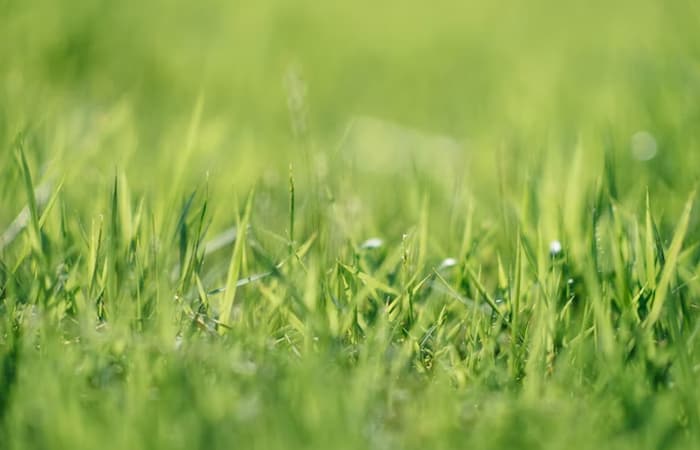
Types of Lawn
There are 2 types of lawn grasses that need to be considered when caring for a yard: warm-season grasses and cool-season grasses.
Warm-season grasses require a lot of water in the early stages of growth but then may go two or three weeks without watering. They can tolerate moderate drought conditions well but will not tolerate long periods without water. These grasses are best suited for areas that see frequent rainfalls.
Cool-season grasses need less water than warm-season grasses but still need it during peak growth periods. These grasses can go several weeks without water but will not do well in very dry conditions. They are best suited for areas that see moderate rainfall or occasional hose nozzle showers.
Types of Warm-Season Lawn Grass
Lawn grasses are one of the most important components of a lawn. The type of grass you choose will affect how well your lawn looks and performs. There are four main types of warm-season lawn grasses:
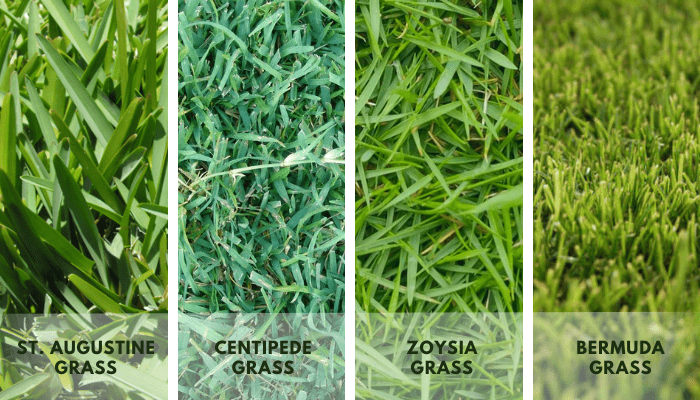
St. Augustine Grass
Saint Augustine Grass is a type of grass found in the Southeastern United States. It is a tallgrass that can grow up to six feet tall. The grass has long, thin blades that are light green on the top and darker green on the bottom. The blades are also curved, which helps it to capture sunlight and distribute sunlight evenly throughout the plant.
Centipede Grass
The Centipede Grass is a perennial grass that can grow up to 1.5 m in height. It has long, thin blades that are green on the top and silvery white on the bottom. The Centipede Grass grows best in moist environments, but can also tolerate dry conditions. The Centipede Grass is native to North America, where it is found in eastern Texas and Oklahoma.
Zoysia Grass
Zoysia is an evergreen perennial grass found in the southeastern United States. It is a member of the Poaceae family and grows to a height of 1-2 meters. Zoysia has fine, soft hair that can be wool-like or cotton-like and it produces spikelets that are arranged in panicles. The plant is dioecious, meaning that there are male and female plants, and each bears only one type of flower.
Bermuda Grass
The Bermuda grass is a type of grass that is found in the Bahamas, Bermuda, and parts of North America. It is a tough grass that can survive in poor soil conditions. The Bermuda grass is used for sports fields, golf courses, and other types of recreational areas.
Types of Cool-Season Lawn Grass
Lawns are a popular way to add beauty and tranquility to a home. Cool-season grasses are the best choice for lawns in most climates, as they are less prone to become overgrown and require less water. There are four types of cool-season lawn grasses:
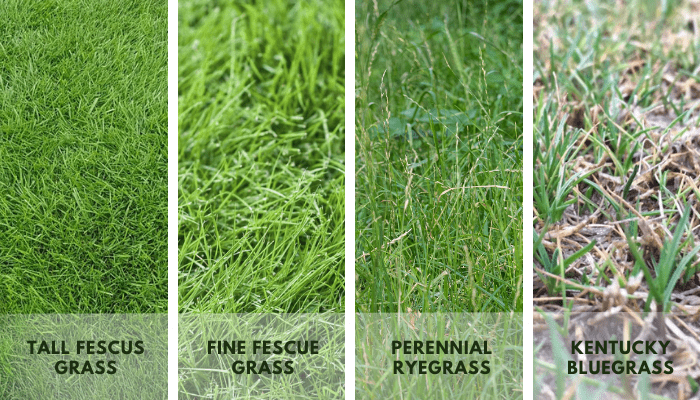
Tall Fescus Grass
Fescus is a genus of tallgrass prairies that are endemic to the Great Plains and that are restricted to areas of high precipitation. Fescues are characteristically tall, with culms that can exceed 1.5 meters in height and blades that are stiff, blue-green, and unpigmented. They have characteristic seedheads that are borne on long stalks.
Fine Fescue Grass
Fine Fescue Grass is a dry season grass that is common in the Midwestern, Northeastern and Southeastern United States. The grass grows to be 1-2 feet tall and has a single blade. The grass is a good choice for lawns and gardens because it is easy to care for and has a high tolerance to drought.
Perennial Ryegrass
Perennial ryegrass is a warm-season grass species that is used for lawns, pastures, and golf courses. It is a hardy, perennial grass that can survive in most environments and tolerates both dry and moist climates. Perennial ryegrass grows well in soils that are acid or basic and prefers full sun to partial shade.
Kentucky Bluegrass
Kentucky bluegrass is a type of grass that is native to the eastern United States. This grass is a member of the Poa genus, which is a family of plants that typically have short, dense blades. Bluegrass is usually light green in color and has a striated appearance. The density and length of the blades are important factors in distinguishing bluegrass from other types of grasses.
Lawn Maintenance
Lawn maintenance is important because it keeps your lawn healthy and looking great. It can also help to reduce the amount of time you spend on mowing and other landscaping tasks. Here are a few things that you can do to keep your lawn healthy and looking its best:
Watering Your Lawn
The goal of watering your lawn is to provide the plants with the water they need so that they can produce green leaves and flowers. Lawns are thirsty plants, so it is important to water them in a timely manner so that their roots do not become too dry and they can continue to function properly. Proper watering can also help reduce the chance of weeds and pests taking hold.
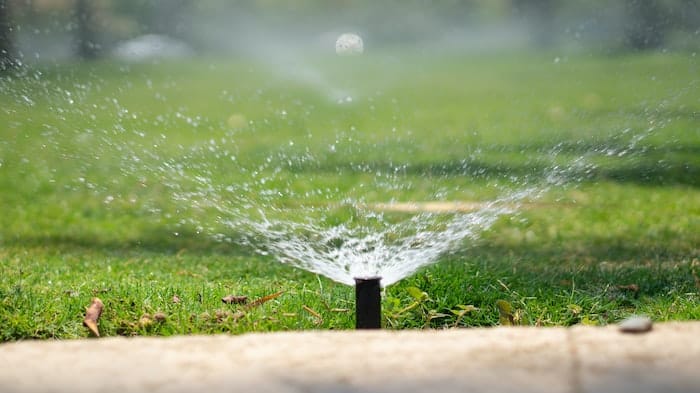
Fertilizing Your Lawn
Fertilizing a lawn is important in order to promote plant growth and help keep the turf looking healthy. There are a few different types of fertilizers that can be used, depending on the type of lawn and the desired result. Some fertilizers can be applied as a broadcast, while others must be mixed with water and applied by hand. It is important to choose the right fertilizer for the lawn’s specific needs, and to apply it regularly in order to achieve optimal results.
Overseeding Your Lawn
Overseeding your lawn is an important task that should be done on a regular basis to keep it looking its best. Not only will overseeding help to keep the grass healthy, but it can also help to control weeds and promote a healthy growth of plants. Overseeing your lawn regularly can help to keep it looking its best and control weeds.
Aerating Your Lawn
Aerating your lawn is important to help improve turf health and keep the soil evenly moist. It also helps remove accumulated weed seeds, debris, and other pollutants. Aerating your lawn should be done at least once a year in the spring or fall, depending on the climate.
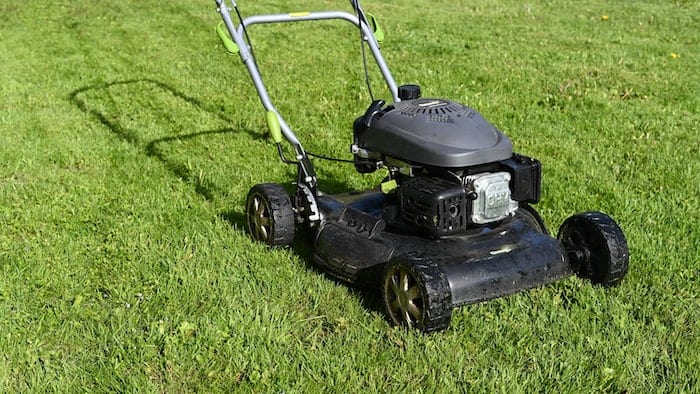
Mowing Your Lawn
In order to maintain a tidy lawn, it is important to mow it at the correct time of year. Lawns that are not mowed can become overgrown and full of weeds, which can be difficult to remove. In the early spring, before the grass has grown too long, mowing can be done once a week. As the grass begins to grow taller, mowing frequency will slow down to once every two weeks.
Treating Lawn Pests
Lawn pests can be a nuisance to homeowners and businesses alike. There are many effective ways to treat lawn pests like wasps without using harmful chemicals. One of the most common methods is to use a predator/prey mix. This involves using a predator, such as a starlings, to feed on the pests and help control their population. Other ways to treat lawn pests include using traps, barriers, and repellents.
Conclusion
In conclusion, lawn care can be a rewarding experience for beginners if you take the time to learn the basics. Be sure to use the right tools for the job, water properly, and fertilize regularly to keep your lawn healthy and green. Finally, remember to wear appropriate safety gear when working in your lawn, including sunscreen and proper gloves.

